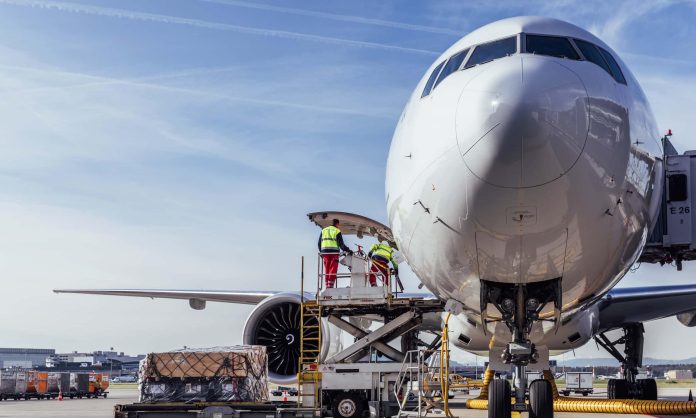African airlines recorded a significant decline in air cargo demand in March 2025, according to data released by the International Air Transport Association (IATA), even as global air cargo markets experienced robust growth. The continent’s carriers posted a 13.4% year-on-year drop in demand—the steepest contraction among all regions—despite a 10.5% increase in available capacity compared to March 2024. This contrasts sharply with the broader global trend, where total demand measured in cargo tonne-kilometers (CTK) rose by 4.4%, including a 5.5% increase for international operations, marking a historic high for the month of March.
Globally, capacity also saw a 4.3% increase in available cargo tonne-kilometers (ACTK), with international operations expanding by 6.1%. IATA’s Director General, Willie Walsh, noted that the strong March volumes might partially reflect front-loaded demand as businesses rushed to move goods ahead of the U.S. Administration’s well-publicized April 2 tariff announcements. While the full impact of these proposed trade restrictions remains uncertain, they could weigh on global trade in the coming months. In the interim, falling fuel prices—down 17.3% year-on-year—have provided some relief, marking the ninth consecutive month of declines and offering a short-term positive for air cargo operators.
In Africa, the significant year-on-year contraction in demand comes despite increased capacity and against a backdrop of otherwise improving global economic indicators. World industrial production grew 3.2% year-on-year, and trade volumes expanded by 2.9%. Consumer Price Index (CPI) figures in major economies showed encouraging signs: inflation in the United States fell to 2.4%, down 0.4 percentage points from February; the European Union recorded a CPI of 2.5%; Japan’s rate dropped slightly to 3.6%; and China’s deflation eased to -0.1%. The subdued demand in Africa raises concerns about the region’s integration into global supply chains and its vulnerability to shifting trade patterns, particularly amid uncertainty in key trade lanes.
Among other regions, Asia-Pacific carriers led the growth chart with a 9.6% increase in cargo demand and an 11.3% rise in capacity. North American airlines followed closely with a 9.5% increase in demand and 6.1% more capacity. European carriers posted a 4.5% rise in demand alongside a 2.0% capacity increase. In contrast, Middle Eastern carriers experienced a 3.2% decline in demand while expanding capacity by 0.8%. Latin American airlines saw moderate growth, with a 5.8% rise in demand and a 4.7% increase in capacity.
Trade lane performance also highlighted key trends influencing air cargo flows. The Europe–North America route remained the busiest trade corridor in March, while the Asia–North America route showed strong growth, possibly driven by front-loading ahead of anticipated tariff hikes. However, not all regions experienced gains; the Europe–Middle East and Africa–Asia trade lanes were the only routes to contract during the month, further underlining the challenges faced by African carriers. As global air cargo demand surges, Africa’s underperformance in March signals a need for closer examination of the structural and market dynamics limiting the continent’s participation in expanding global air trade.













